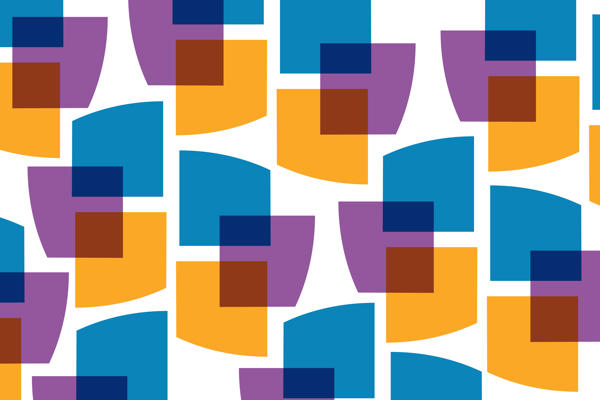As part of our series of guest posts about John Dee’s life, books and publications, Mehzebin Adam from the Science Museum, London, writes about mystical objects believed to have been owned by Dee. These objects can been seen in the current RCP exhibition ‘Scholar, courtier, magician: the lost library of John Dee’.
John Dee (1527–1609) was an Elizabethan mathematician, astronomer, astrologer, alchemist and occultist, and also known for being an advisor to Queen Elizabeth I. The current exhibition at the Royal College of Physicians, which opened on 18 January 2016, explores the fascinating work of John Dee through his alchemical texts and extraordinary objects. Among the objects on display is the Claude glass believed to be John Dee’s scrying mirror and John Dee’s crystal with a facsimile of a statement about it. These objects are loaned from the Science Museum in London which has the objects on permanent loan from the Wellcome Trust since 1997.
The Claude glass, a device consisting of a black glass mirror stored in a sharkskin case, is thought to have once belonged to John Dee. A Claude glass was normally used by artists, travelers and connoisseurs of landscape. It is named after the artist Claude Lorrain (1600–1682), a 17th Century landscape painter whose name is synonymous with the artistic movement. It is believed that Dee used his Claude glass as a crystal ball to look into the future, a practice known as scrying and a form of divination. Divination has been used for thousands of years to forecast the course of an illness or find the best treatment, the practice involves an attempt to predict the future from signs and symbols. Dee spent much of his life devoted to alchemy, divination and hermetic philosophy. According to museum documentation records, the object has belonged to Lady Betty Germaine, from whom it passed to the Duke of Argyll and later to Horace Walpole. The documentation records show that the Wellcome Histroical Medical Museum, now the Wellcome Trust, accessioned the object into their collection in 1937.

John Dee’s crystal is a clear cut purple crystal attached to a chain and ring. Dee claimed that the crystal was given to him by angel Uriel in 1582 who instructed him and his assistant Edward Kelley (1555–1597/8) on how to make the philosophers stone, every alchemist’s ultimate goal. He believed that he had an ability to contact angels and spirits and claimed that angels had dictated several books to him. This crystal was passed down to Dee’s son, Arthur Dee (1597–1651), who gave it to Nicholas Culpeper (1616–1654) as a reward for curing his liver illness. Culpeper was a physician and an alchemist who used it to cure illnesses until 1651, when he claimed a demonic ghost emerged from it. The documentation records show that the Wellcome Historical Medical Museum, now the Wellcome Trust, accessioned the object into their collection in 1936.

A facsimile of a statement about John Dee's crystal written by Nicholas Culpeper on the back of a deed is also on display. It was written on 7 March 1651 in Latin and gives a historical insight into the crystal and how Culpeper came to acquire it. Museum documentation records show that the manuscript was bought at an auction for the Wellcome collection in 1922.

These objects with their fascinating histories give a curious insight into the work and mind of John Dee, one of the most extraordinary and enigmatic figures of the Elizabethan age.
Mehzebin Adam, Science Museum
‘Scholar, courtier, magician: the lost library of John Dee’ runs until Thursday 28 July 2016.
Read more about our collections on our weekly blog, and follow @RCPmuseum on Twitter and @rcpmuseum on Instagram.




